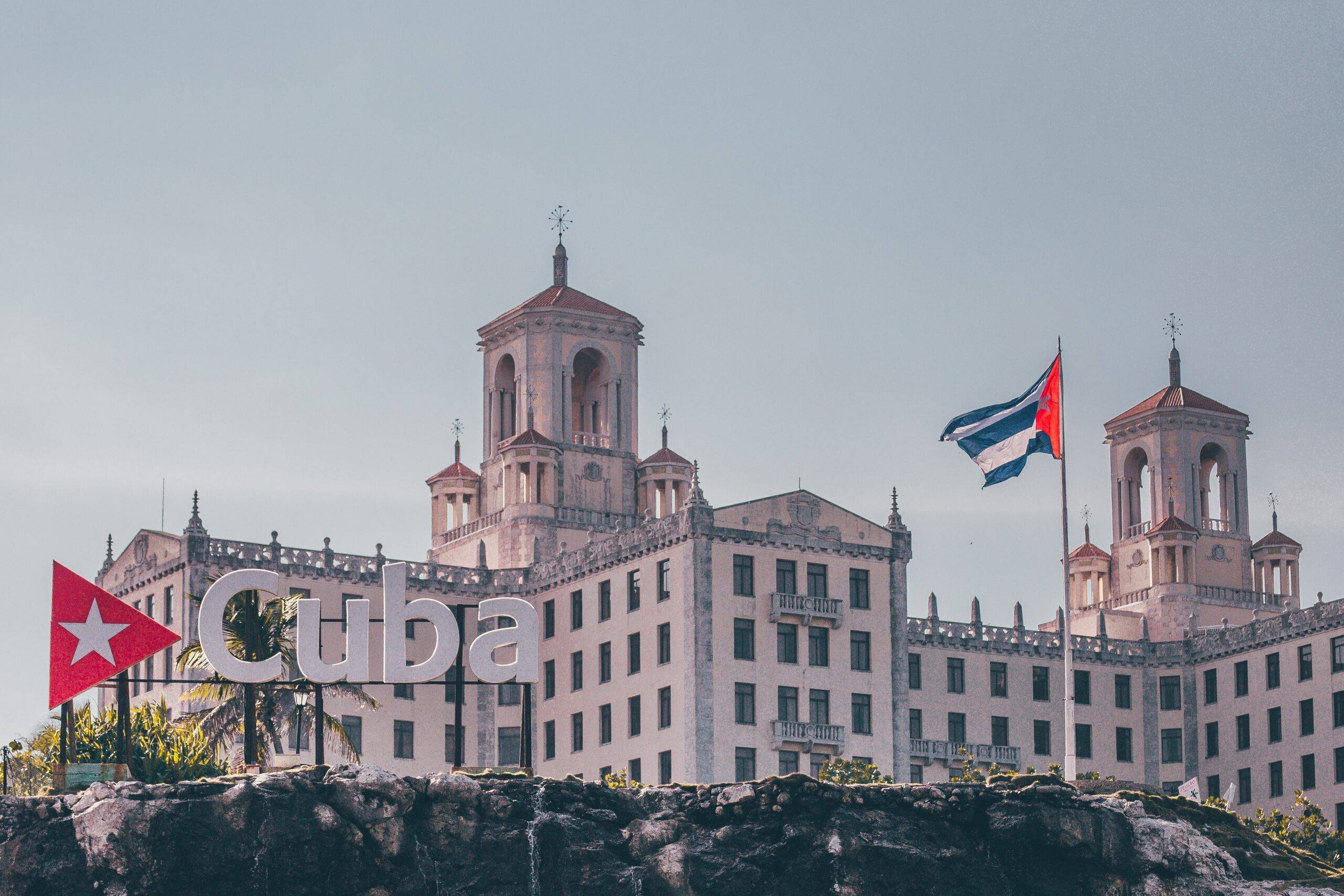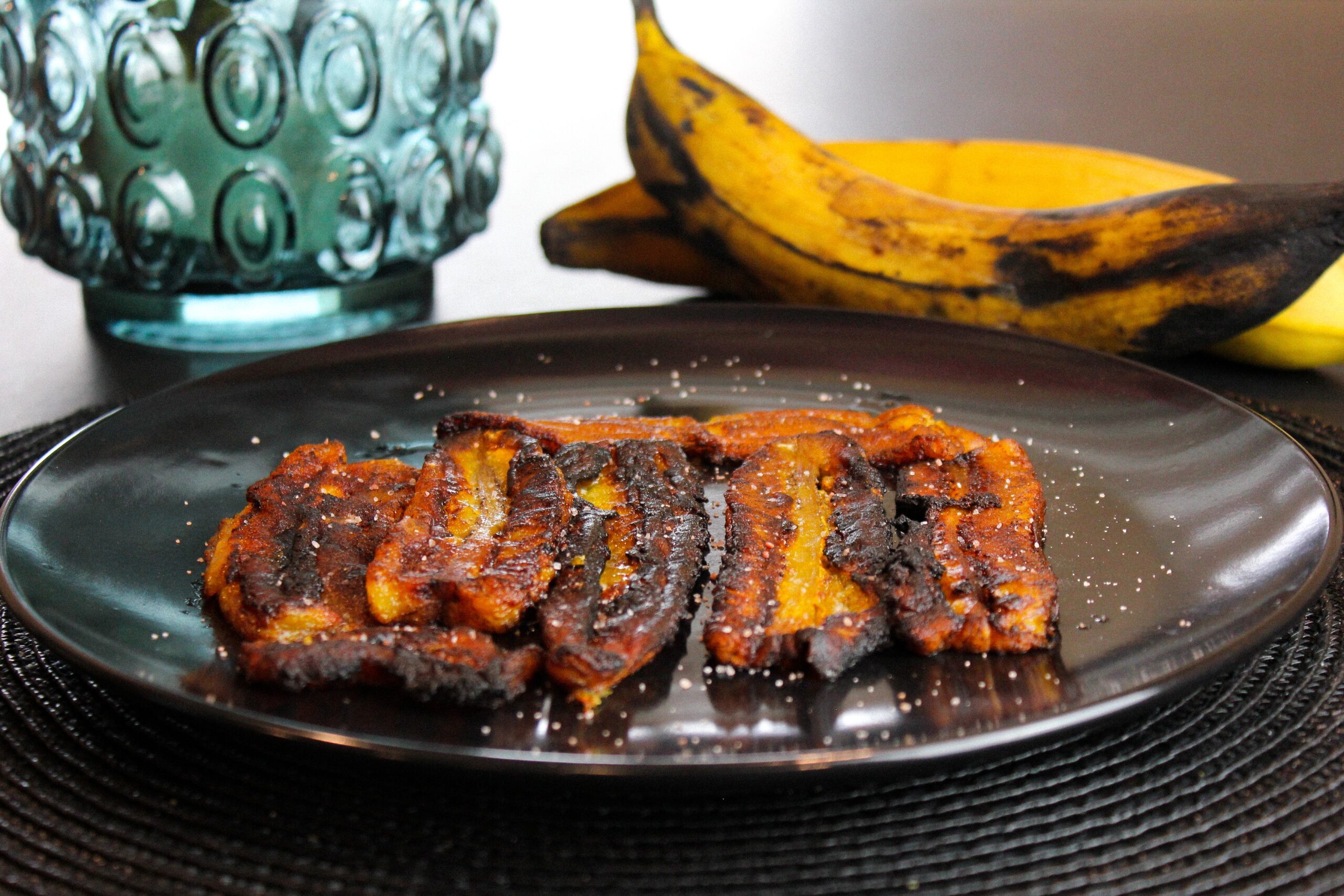
Cuba is a country in the Western Hemisphere. It is bordered by the Atlantic Ocean to the east, the Gulf of Mexico to the south, Puerto Rico to the west, and Venezuela to the north. The island nation has a population of approximately 86 million people. The capital city is Havana.
Cuba was an English colony until the 15 Administrative Act of 1609 when king Carlos II granted it independence from Spain. Since that time, Cuba has been ruled by various Spanish and American monarchs as well as by dictatorships and one other communist regime.
These days, Cuba’s best-known person may be former basketball star Lebron James, who recently became a citizen after living there for most of his life. But while Cuban Americans now make up a large part of Miami’s population, there were only about 33,000 Cubans living in Florida in 1970 — less than 0.1% of all Floridians. Let’s explore some of the interesting facts about Cuba.
Facts about Cuba
The Cuban flag was designed in 1849 by Emilio Aguinaldo y Famy to represent the original intent of the Cuban Revolutionary Party. The Revolutionary Party was a group of intellectuals and Cubans who pushed for independence from Spain. The flag was very similar to the British flag of the time, with the difference being that the red and blue were switched. The flag fell out of use in 1902 when Cuba became part of the American Empire and the flag of the United States was flown. The Cuban flag was brought back in 1934 when the country became independent of the United States.
Interesting facts about Cuba’s history

- During the Cold War, the U.S. military maintained a base in Cuba. The Cuban government allowed the Americans to build the base and kept it there because they were receiving $100 million in cash annually.
- Cuba’s proximity to the United States has given it an outsized influence on American culture. Notable examples include the adoption of rum and cigars as American staples, the proliferation of the conga line, and the fact that the guillotine was used to execute criminals in the U.S.
- Cubans began purchasing property in Florida as early as the 1880s. This is known because of the high rate at which mortgages were foreclosed.
- The U.S. embargo against Cuba was first passed in 1960. It was established as a response to the Cuban government’s expropriation of American-owned property.
- During the Cold War, Cuba was a communist state. After the fall of the Soviet Union, Cuba’s economy was significantly impacted. It was forced to adopt more market-based policies to survive.
Facts about Cuban food

- The most famous Cuban food is roasted pork. It is called Lechon, and Cubans have been eating it since the island was first colonized by Spain. The original lechon was cooked in a pit, but it is now most often roasted in an oven.
- Most Cubans eat rice and beans at every meal. These starches are the country’s most popular dishes, though they are sometimes served together.
- Fresh tropical fruit is a staple of the Cuban diet. Papayas, mangos, and guavas are among the most popular fruits.
- The national dish of Cuba is ropa vieja. It is a stew made with shredded meat, tomatoes, peppers, and spices.
Interesting facts about Cuba’s economy

- Cuba has been steadily increasing its sugar production since the 1990s. However, sugar accounts for less than 10% of the country’s GDP.
- Other commodities that make up Cuba’s GDP are nickel, tourism, mining, and fish.
- Cuba imports more than 80% of its food. This is because the country has struggled with drought for decades, and its soil is too depleted to grow enough food for the population.
- The tourism industry in Cuba has been steadily growing since the 1990s. The largest share of tourists comes from Canada and Great Britain.
- Cuba is one of the largest producers of nickel in the world. It is the second-largest supplier to the United States, after Canada.
Interesting facts about Cuba’s geography and climate

- Cuba’s two largest cities, Havana and Santiago de Cuba are both located on the island’s southern coast.
- Cuba’s northern coast is home to the Sierra Maestra Mountains. This range is where Fidel Castro and his rebels hid out during the Cuban Revolution.
- Cuba has a tropical climate and an average annual temperature of 80 degrees Fahrenheit. January and February are the only months when the average temperature dips below 68 degrees.
- Cuba has one of the most diverse ecosystems in the Caribbean. This is largely due to the island’s large size and the variety of topographies its features.
Conclusion
Cuba is a fascinating country, and it has many facets that deserve to be studied and explored. There are many interesting facts about Cuba’s history, culture, and government that make it worthy of study. Learning about Cuba can help people gain a better understanding of the world around them.
Also, read about Interesting Fact About Mexico